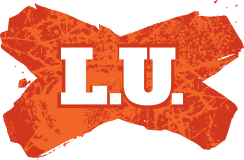Ok, I was watching a replay of the '94 Grand Final between Canterbury and Canberra today, and there is an unusual rule that sorta caught my attention. Numerous times throughout the game, when a player was being tackled, the player with the ball quickly put the ball on the ground (as he was getting to his feet), tapped it with his foot and then ran (instead of playing the ball with his leg to the dummy-half). I didnt think that was allowed at all.

 It says "forgetting it was no longer a rule"
It says "forgetting it was no longer a rule"